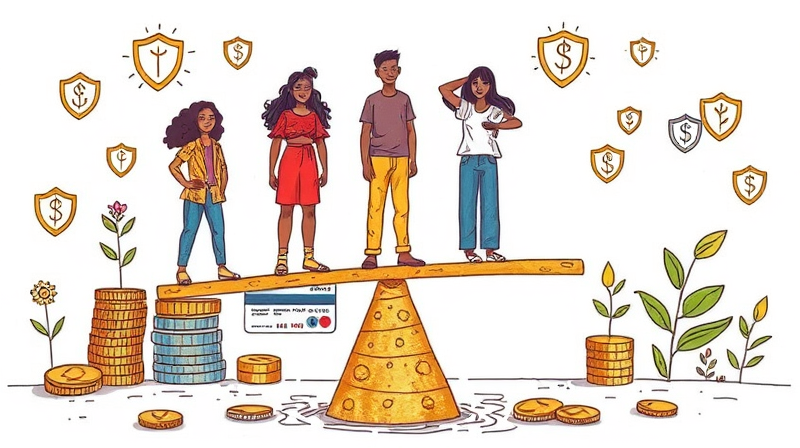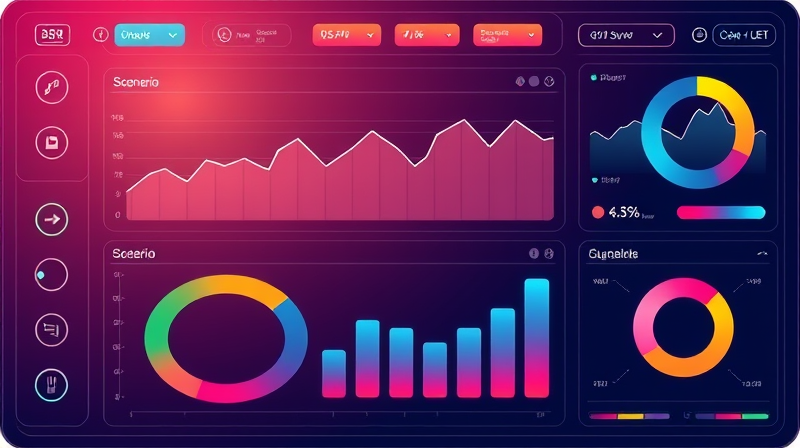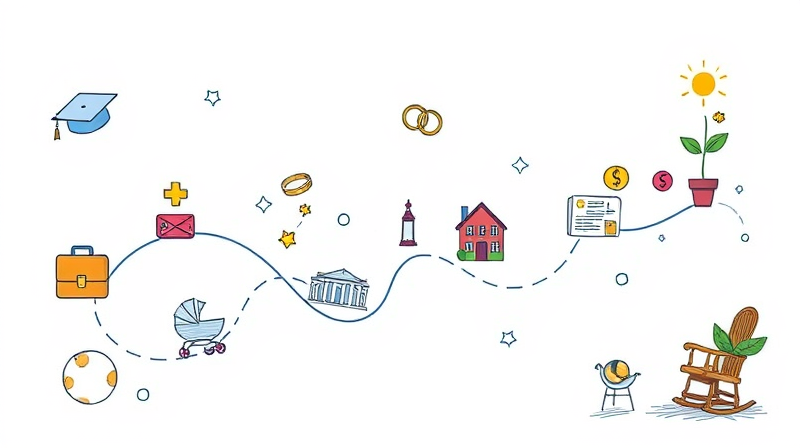
During times of financial stress, it can feel like your credit score is slipping through the cracks. Yet with the right approach and resources, you can navigate hardship without causing lasting damage to your credit profile.
Missed obligations and delinquent accounts can have devastating effects on your credit. Even a single late payment over 30 days can reduce your score by up to 100 points, making future borrowing more costly or inaccessible.
Accounts sent to collections remain on your report for seven years and can signal serious risk to lenders, landlords, or insurers. In 2023, 16% of young adults had debt in collections, with a median balance of $1,376—troubling when their annual salary often falls between $30,000 and $39,000.
Hardship arises from many sources: sudden job loss, unexpected medical expenses, rising living costs, or major life changes. Inflation has eroded purchasing power, while a single emergency expense can drain limited savings.
Without a safety net, families may resort to credit cards or payday loans, trapping them in cycles of high interest and escalating balances. Understanding these drivers helps you choose the best path to recovery.
Several strategies exist to help consumers stay afloat without triggering permanent credit setbacks. No single option fits everyone, so evaluate your situation and available resources.
Choosing the right tool depends on the number of creditors, debt types, and your long-term goals. Professional guidance can streamline this decision.
Errors on credit reports are surprisingly common and can unfairly lower your score. Nearly half of consumers find inaccuracies, and complaint filings more than doubled between 2021 and 2023.
Correcting errors can restore dozens of points overnight and ensure you’re only evaluated on accurate information.
Beyond immediate relief, you need a plan to strengthen your financial foundation. Education and disciplined habits foster lasting stability.
Start by creating a realistic budget plan that tracks income and prioritizes necessary expenses. Aim to consistently funnel a portion of earnings into savings, even if it’s small at first.
Enroll in community workshops, online courses, or employer programs that cover personal finance topics—credit scores, interest mechanics, and smart borrowing practices.
Employers benefit when workers have stable finances: reduced stress, lower turnover, and higher productivity. Companies can offer financial wellness programs, partner with credit counseling nonprofits, or provide short-term emergency loans.
On a policy level, encouraging transparent hardship options and streamlined dispute processes helps protect consumers during systemic shocks. Expanding access to low-cost credit and mandating clear communication when errors occur can make credit systems more equitable.
Financial hardship need not destroy your credit future. By leveraging well-structured plans, expert guidance, and proactive monitoring, you can navigate rough waters while preserving your credit integrity.
Arming yourself with knowledge, emergency reserves, and reputable support networks creates a powerful defense. With these tools in hand, you turn hardship into an opportunity for renewed financial strength.
References













